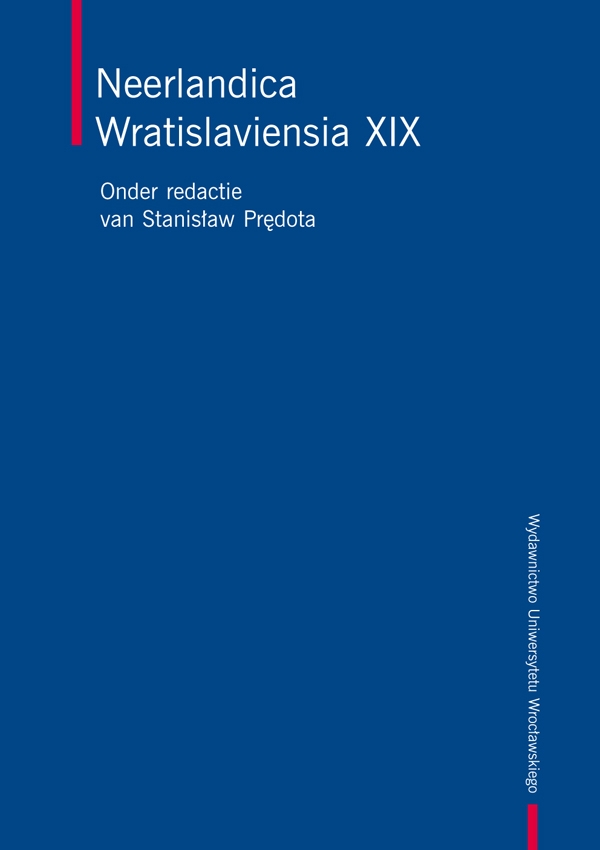

Artykuły

The comparative linguistics is said to be the most important branch of the European linguistics in the 19th century Grimm and the Grimm’s Law, Bopp, Schleicher and his Stammbaumtheorie. The wide studies of the correspondences and the relationships between two or more languages as well as the search for their common ancestor were stimulated by Sir William Jones who discovered that Sanskrit, Latin and the ancient Greek had the same origin. However, it would not be right to claim that the discovery of Sir William Jones initiated the studies on the genetic relationships between the modern languages and their common origin. Surprisingly, an important piece of work in the field of the comparative linguistics had already been done in the 17th century in Germany Leibniz, Ludolf and in the Netherlands Schrieckius, Van Boxhorn. This paper discusses the ideas the first comparatists came up with — from the origin of the languages and the Ursprache to their possible genetic relationships. The ideas of Leibniz and Ludolf have been analyzed on the basis of the excerpts from their correspondence 1689–1714.